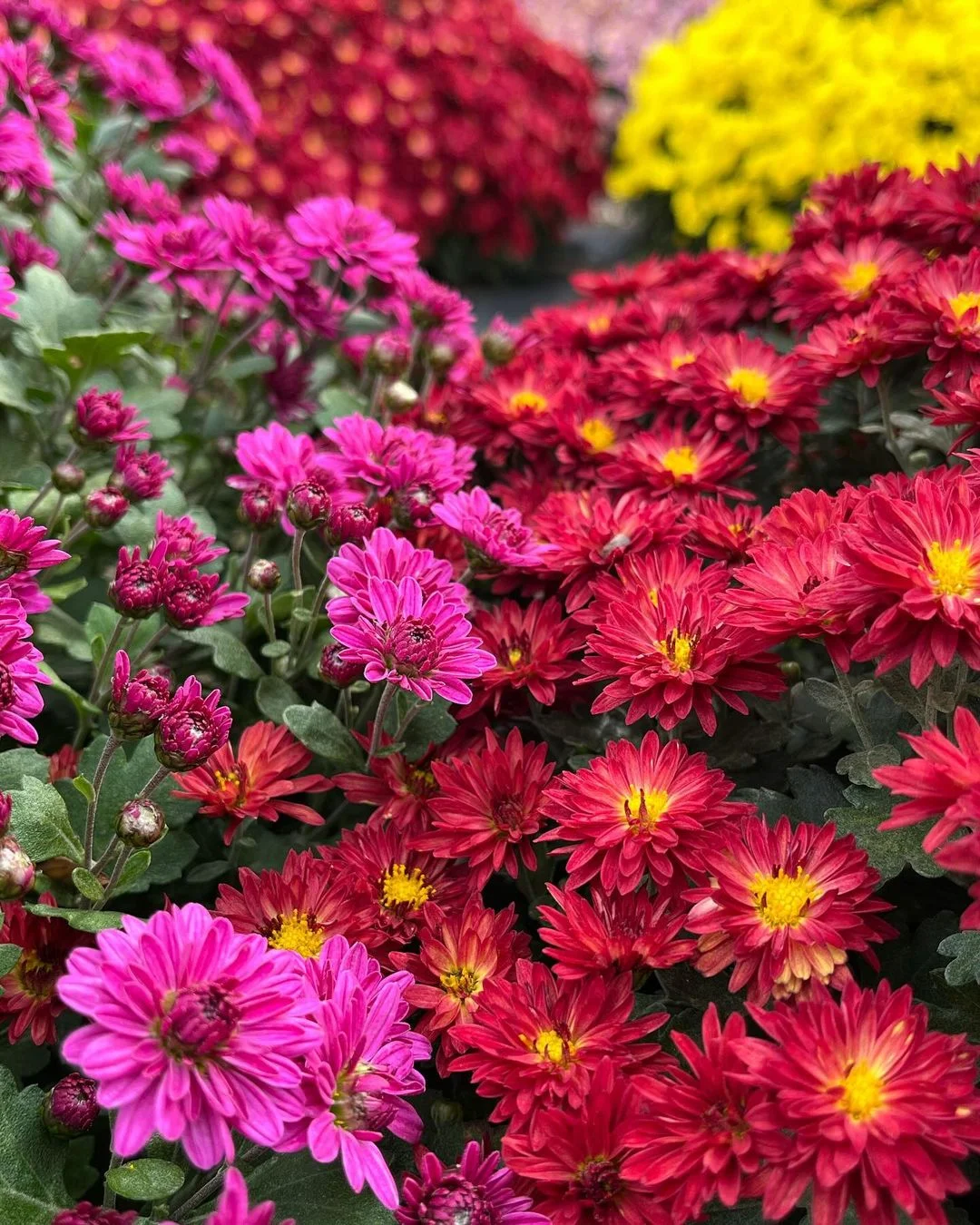Chrysanthemums, commonly known as mums, are the birth flower for November. These vibrant flowers symbolize longevity, joy and optimism. With a wide variety of colors and petal types, chrysanthemums are popular in gardens and floral arrangements. They require full sun, well-draining soil and regular pinching for bushier growth.
As a floriculturist with over two decades of experience in cultivating and studying chrysanthemums, I’m thrilled to share insights about this beloved autumn bloom. Whether you’re a November baby or simply a flower enthusiast, this guide will deepen your appreciation for chrysanthemums.
Here’s a detailed chart with all the requested information on Chrysanthemums (commonly known as mums):
| Category | Information |
|---|---|
| Botanical Name | Chrysanthemum morifolium |
| Common Name | Chrysanthemum, Mum |
| Plant Type | Perennial (often grown as an annual) |
| Hardiness Zone | USDA Zones 5-9 |
| Sun Exposure | Full sun (at least 6 hours of sunlight) |
| Soil Type | Well-drained, loamy or sandy soil |
| Watering | Moderate (water when soil feels dry) |
| Growth Habit | Upright, mounded |
| Height/Spread | 12-36 inches tall, 18-24 inches wide |
| Special Features | Long blooming period, attracts pollinators, deer-resistant, frost-tolerant, drought-tolerant once established |
History and Symbolism

Origins
Chrysanthemums have a rich history dating back to 15th century BC China:
- Originally cultivated as an herb
- Introduced to Japan in the 8th century AD
- Arrived in Europe in the 17th century
Symbolism
Chrysanthemums carry different meanings across cultures:
- China: Longevity and nobility
- Japan: The Emperor’s seal and symbol of the sun
- Europe: Sympathy and honor
- United States: Joy, optimism and well-wishing
For more on floral symbolism, visit the University of Illinois Extension’s Flower Meanings page.
Varieties of Chrysanthemums
By Flower Form
- Single
- Pompon
- Decorative
- Spider
- Quilled
- Spoon
Popular Varieties
- ‘Anastasia’: Large, spider-type blooms
- ‘Bright Eyes’: Daisy-like with pink petals
- ‘Firecracker’: Red and yellow bicolor
- ‘Debonair’: Pure white incurve blooms
For a comprehensive list of chrysanthemum varieties, check the National Chrysanthemum Society USA.
Growing Chrysanthemums
Planting
When to Plant
- Spring: After the last frost
- Late summer: For fall blooms
How to Plant
- Choose a sunny location
- Prepare well-draining soil
- Space plants 18-24 inches apart
- Plant at the same depth as they were in the container
Care
Sunlight
- Full sun (6+ hours of direct sunlight daily)
Soil
- Well-draining, fertile soil
- pH level: 6.0 to 6.5
Watering
- Keep soil consistently moist
- Water at the base to avoid wetting foliage
Fertilizing
- Use a balanced, water-soluble fertilizer monthly
- Stop fertilizing when buds begin to show color
Pruning and Pinching
- Pinch back growing tips when plants are 6 inches tall
- Continue pinching until mid-summer for bushier plants
For more detailed growing information, visit Cornell University’s Growing Guide for Chrysanthemums.
Chrysanthemums in Floral Design
Cut Flower Care
- Cut stems at a 45-degree angle
- Remove lower leaves
- Place in warm water with floral preservative
Floral Arrangements
- Excellent as focal flowers in autumn arrangements
- Pair well with other fall blooms like asters and dahlias
Cultural Significance
In Japan
- The Chrysanthemum Festival (Kiku Matsuri) is held annually
- The Imperial Seal of Japan features a chrysanthemum
In China
- Symbolizes autumn and the ninth month of the year
- Used in traditional medicine
In the United States
- Official flower of the city of Chicago
- Popular in fall garden displays and Thanksgiving decorations
For more on cultural significance, check Chrysanthemums.org.
Chrysanthemums as Birth Flowers
Gifting Traditions
- Give potted mums for long-lasting enjoyment
- Include in birthday bouquets for November-born individuals
Color Meanings
- Red: Love and deep passion
- White: Loyalty and honesty
- Yellow: Sorrow or neglected love
- Pink: Longevity and happiness
Chrysanthemum in Art and Literature
- Featured in traditional Chinese and Japanese paintings
- Mentioned in poems by Li Bai and Du Fu
Cultivation for Shows and Competitions
Exhibition Standards
- Judged on form, color, size and overall presentation
- Different classes for various bloom types
Growing for Shows
- Requires precise timing and careful cultivation
- Disbudding techniques to produce larger blooms
For competition guidelines, visit the National Chrysanthemum Society’s show resources.
Chrysanthemums, as November’s birth flower, offer a rich tapestry of history, symbolism, and beauty. From their origins in ancient China to their popularity in modern gardens and floral designs, these versatile blooms continue to captivate flower enthusiasts around the world. Whether you’re growing them for show, enjoying them in your garden, or receiving them as a birthday gift, chrysanthemums bring joy and color to the autumn season.
Remember, while chrysanthemums are relatively easy to grow, they do require regular care to reach their full potential. With proper attention to sunlight, soil, water, and pruning, you can enjoy stunning chrysanthemum displays year after year.
For more information on birth month flowers, visit the American Birth Month Flowers Association.
For more gardening tips and plant care guides, visit usagardenhub.com.







One comment on “Chrysanthemums : November’s Birth Flower – A Comprehensive Guide (2024)”